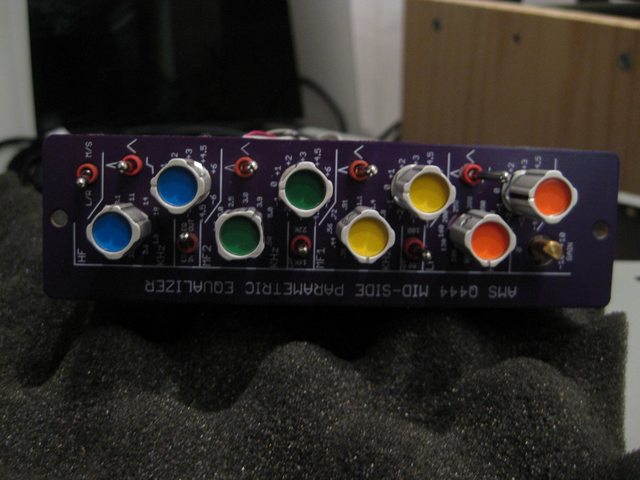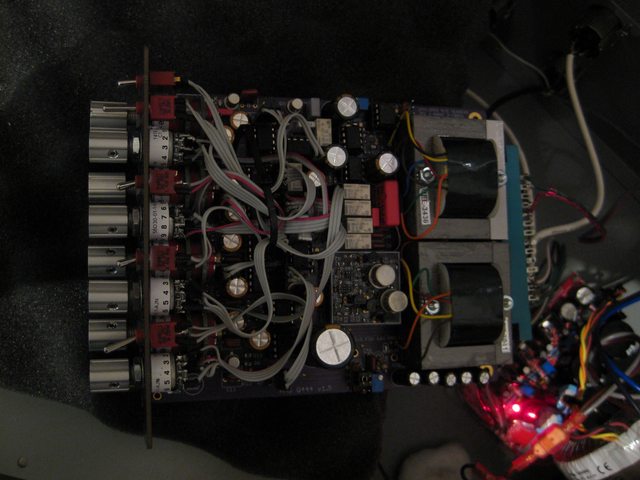rob_gould
Well-known member
Hi,
I'm in for a pair of these. If you're happy to share your final FPE file I may have my own panels made so I can pick a gaudy anodised colour though...
Cheers.
I'm in for a pair of these. If you're happy to share your final FPE file I may have my own panels made so I can pick a gaudy anodised colour though...
Cheers.




































